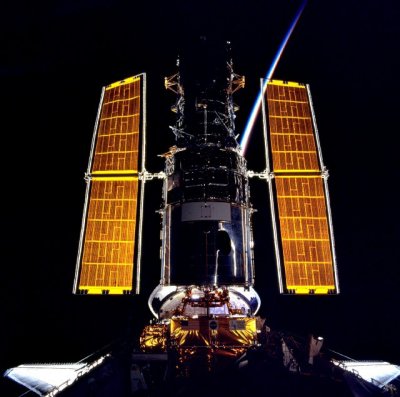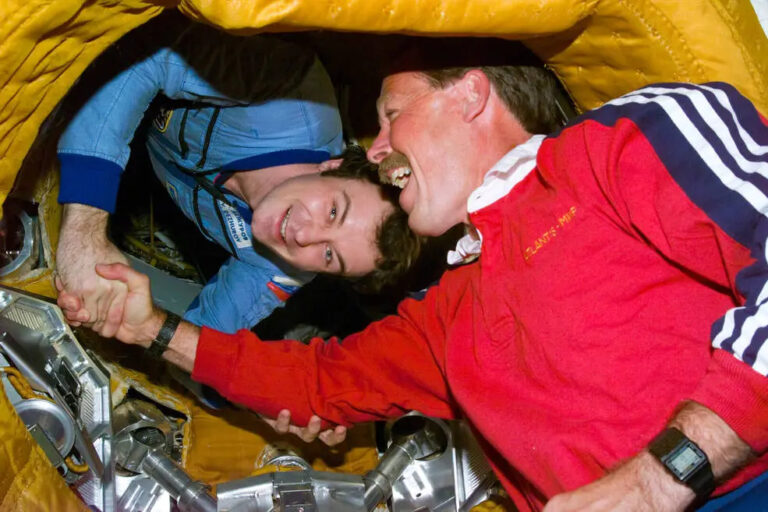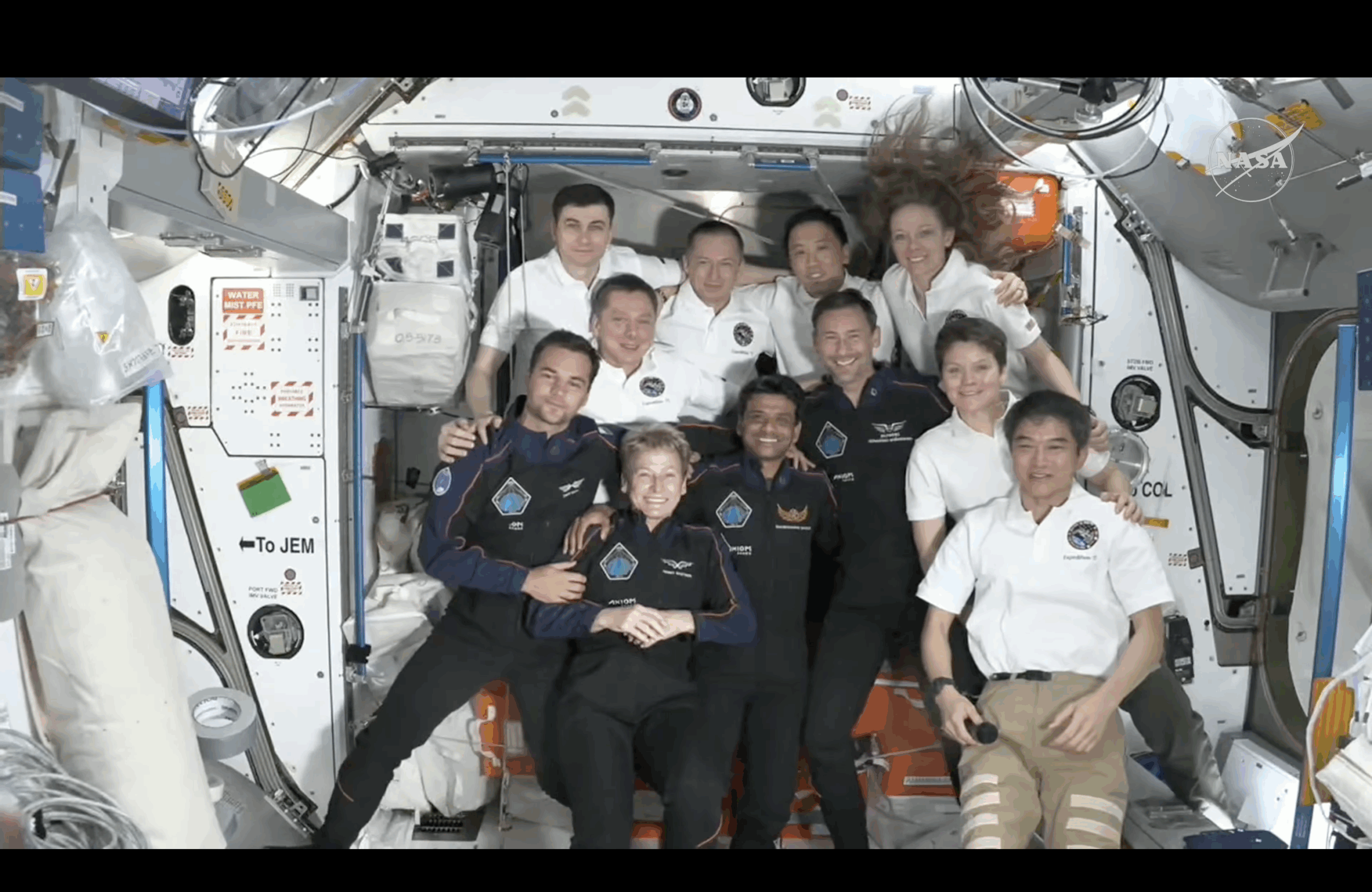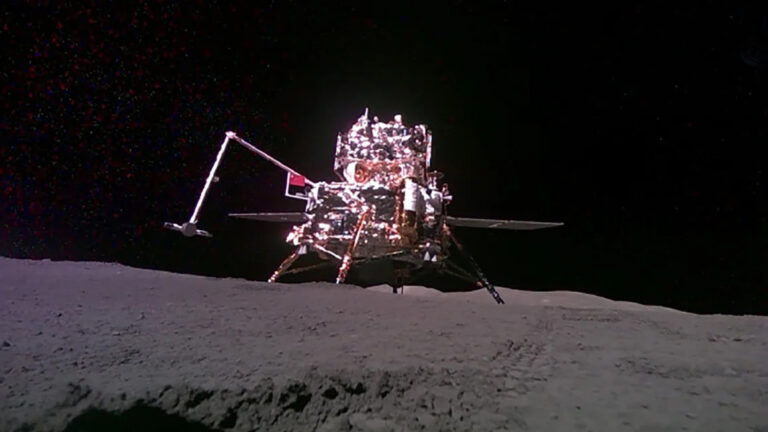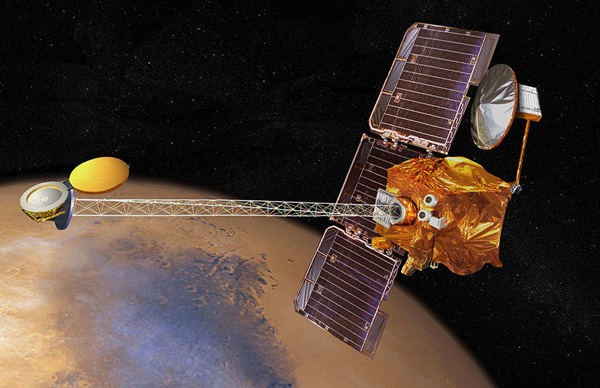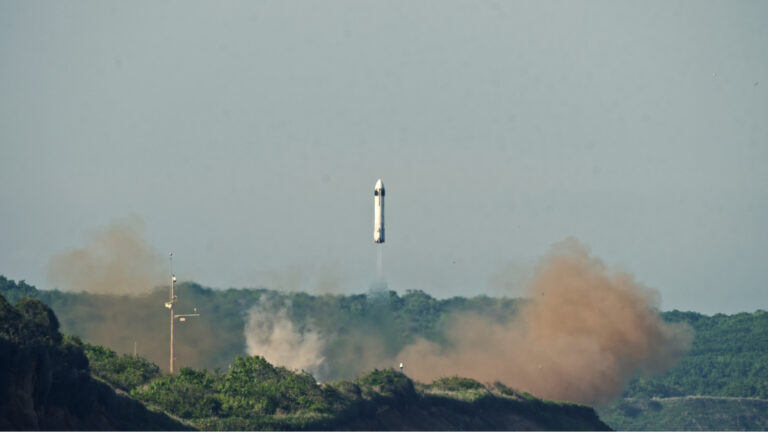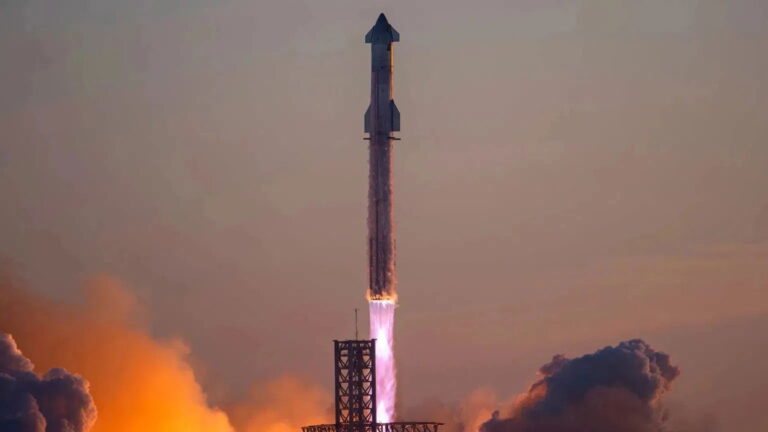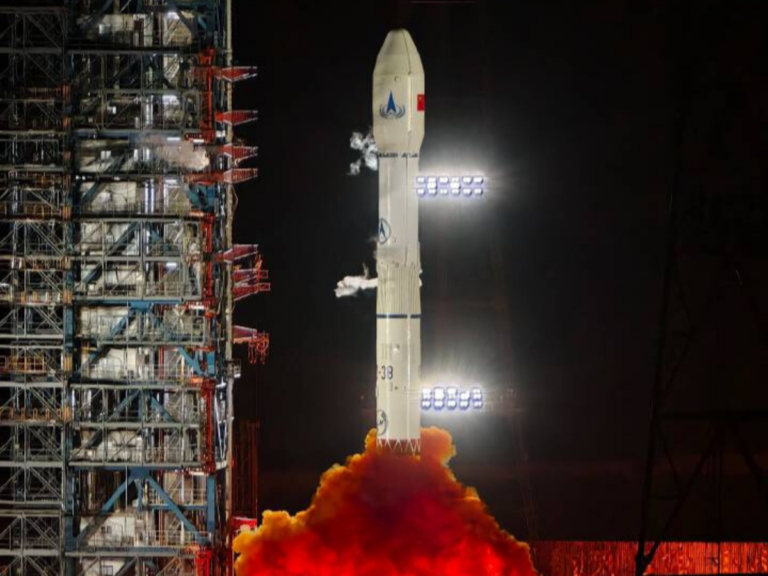Equipment on HST received an upgrade that will improve the instrument’s capability without the need for new hardware or billions of dollars. A scientist at Rochester Institute of Technology (RIT), New York, conducted the upgrade.
Dan Batcheldor and his team improved the calibration of Hubble’s Near-Infrared Camera and Multi-Object Spectrometer to enable high-precision polarimetry. Scientists use this observational technique to read scattered light when investigating active galactic nuclei and for identifying proto-planets around very young stars.
“Polarimetry is really quite a powerful tool in astronomy because it can essentially see around corners by the way light is reflecting,” said Batcheldor, associate research scientist at RIT’s Chester F. Carlson Center for Imaging Science. “When you do polarimetry, what you are essentially looking through is a set of polaroid sunglasses. A polaroid lets you see light aligned in a certain way.”
Scientists use polarimetry to see around clouds of dust and gas obscuring the centers of active galactic nuclei (where supermassive black holes live) and the potential planet-forming disks around young stars. The scattering material acts like a mirror, allowing scientists to look into the center of these astronomical objects.
“Most of the light that comes from an object is unpolarized,” Batcheldor said. “And you’ve got to filter out all that light just to see polarized light itself. And so now Hubble can do this even if only one percent of the light is polarized.”
Batcheldor did not initially set out to fine-tune the telescope. Limitations caused by the previous calibration stalled his investigation of active galactic nuclei and needed to be fixed before he could continue his research.
Recalibrating the Near-Infrared Camera and Multi-Object Spectrometer was what Batcheldor describes as something of a “nightmare.” His team devised a program that could choreograph three different filtered observations of a single star at different orientations and switch between cameras within 45-minute fly-bys. “Essentially, we made Hubble chop all over the sky very quickly to get these observations,” he said.
Scientists at the Space Telescope Science Institute in Baltimore, Maryland, verified the calibration plan would work and gathered the observations over 12 months.
“We’ve been able to take an existing camera and carefully plan some observations, which have allowed us to enable a new type of science to be done without having to go up to the telescope to put a new instrument in,” Batcheldor said. “So for a very small cost, we’ve been able to expand the science that the Hubble Space Telescope can do.”
The improved polarimetric capability of Hubble is independent of the final servicing mission of the telescope scheduled to take place in May. This effort will install two new cameras, fix two existing cameras, and replace the gyroscopes that determine the orientation of the telescope.

